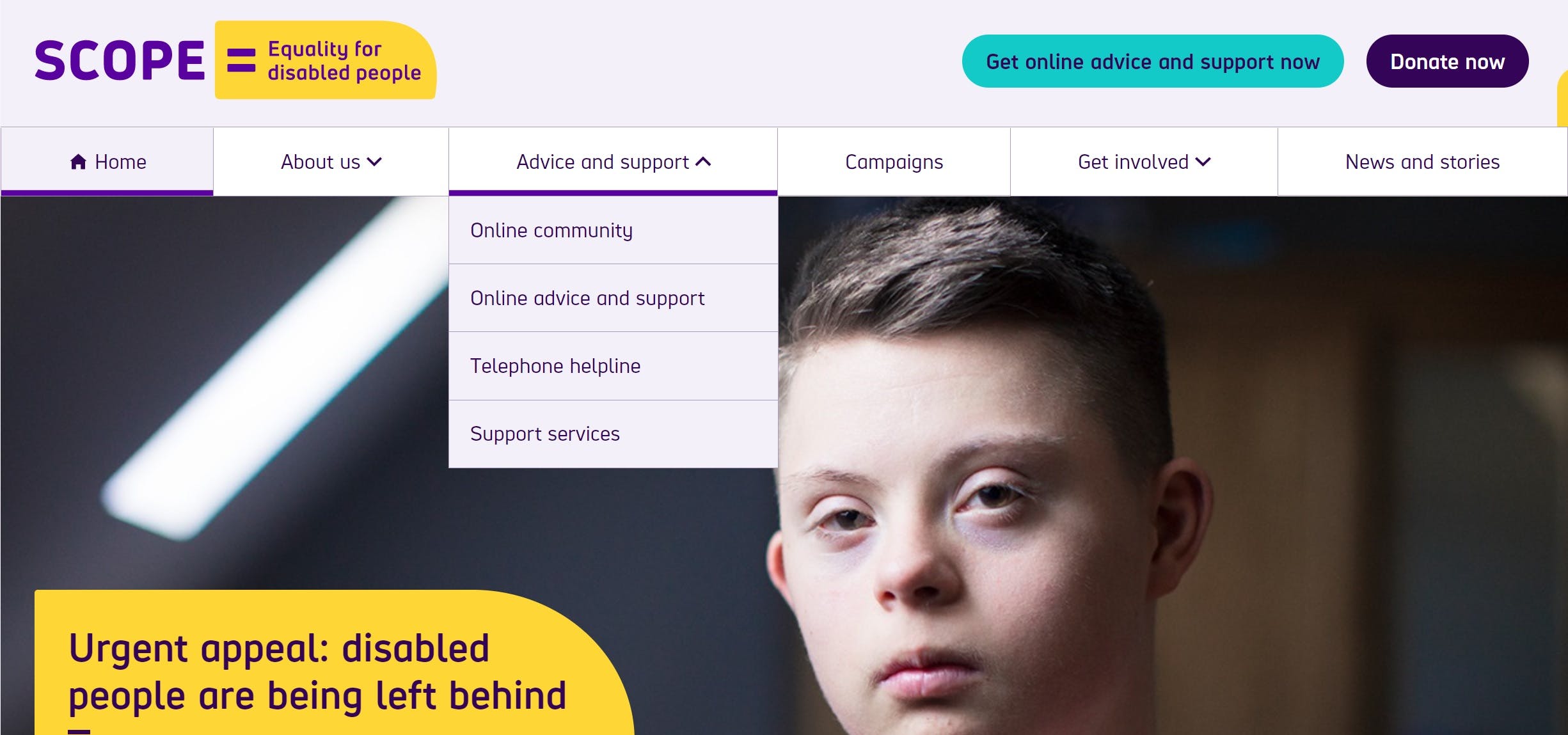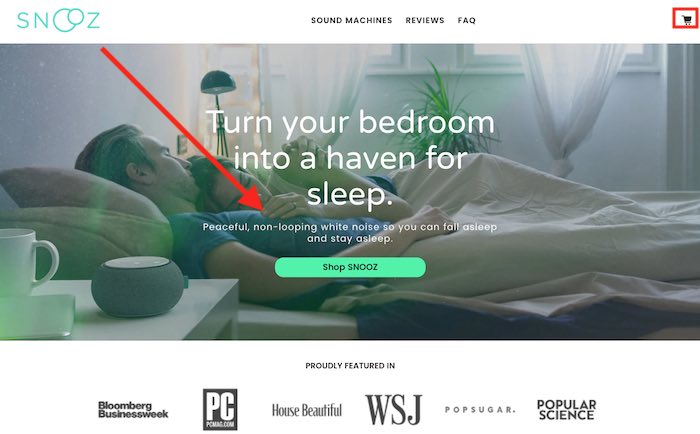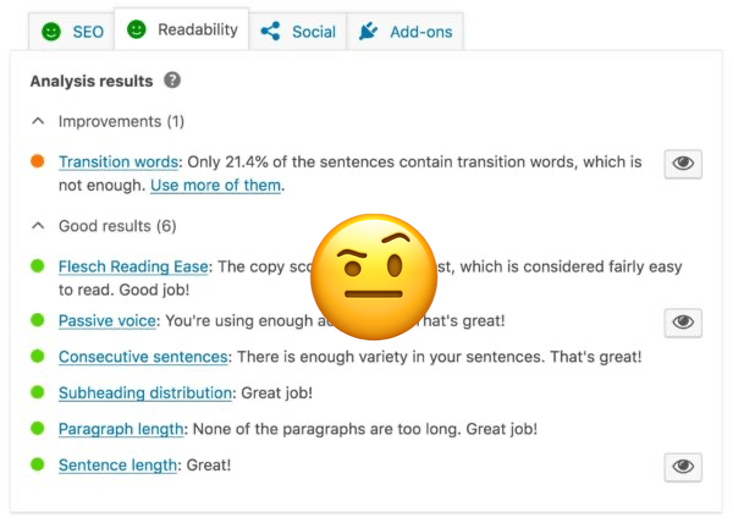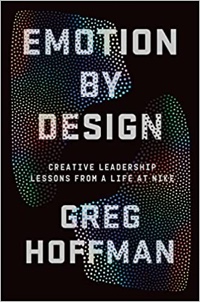
For businesses, accessibility is far too often an afterthought in website design and optimisation. What happens when an organisation treats accessibility like user experience, and builds a transformation around it from the word ‘go’?
During the transformation process, in addition to redesigning and modernising its digital presence, Scope made the key decision to approach accessibility in the same way that companies typically approach user experience (UX). It treated people with different impairments as individual audiences, and carried out extensive user testing with disabled users, so that accessibility was ultimately “baked in” from the design stage.
When Scope, a disability equality charity based in England and Wales, embarked on its digital transformation some five years ago, the organisation knew that accessibility would need to be a central focus.
The charity undertook a major review of its strategy that would see it shift away from delivering mostly in-person support and services – which are fairly high-cost compared to their potential impact – towards a social equality-focused approach, amplified by digital, which would ultimately be more scalable and have a more widespread impact on the disabled community.
I spoke to James Longstaff, Digital Product Owner – UX and Optimisation at Scope, about how this accessibility-first approach enabled Scope to better serve its user base, the results that its digital transformation has produced, and why all companies – not just charities with a focus on disability equality – should be approaching accessibility as a fundamental part of their design and transformation process.






